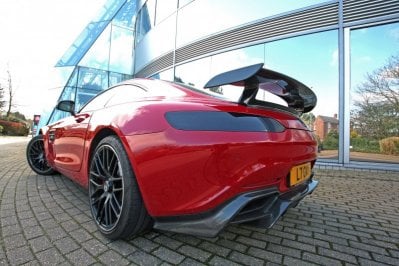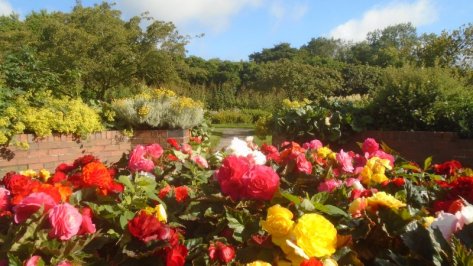As for your question, I find it to be subjective. I usually avoid adding too much contrast and play around with the blacks and shadows. I bring the shadows up about 10 points and drop the blacks by 15, makes the image a little crisper and adds depth.
If you want to capture the sky and foreground I would get a tripod and do a double or triple exposure and merge them for an HDR photo.
Or you can save the headache and toll on hardware by getting a circular polarizer or ND filter depending on your situation/location.[/QUOTE]
Thanks for sharing your insights, Ive never tried or even considered multiple exposures, this is why I need to upgrade my camera at some point. I currently use Sony's entry point compact camera im starting to reach the limits of what it can do, its certainly pre HDR. So much to learn, I had to google what a circular polarizer and ND filter are... im so naive lol. For now rather than use filters I will have to take advantage of nature using time of day and weather, I find red shifted light at sunset interesting.
View attachment 1015278
Sadly my finances wont stretch to buying professional gear, for now Im "focussing" my compulsive nature on learning the basics ( been taking hundreds of snaps a week / sorry for spamming the thread ) I figure the more mistakes I make the quicker the progression. Its been a saving grace during this strange year getting out and about with the camera, the feeling you get from nature is really restorative. Standing in a wildflower meadow this time of year is a very serene uplifting experience.
View attachment 1015279
I took a few shots with quite a broad range of contrast yesterday I tried a silhouette of local windmill, it was awkward avoiding lens flare.
View attachment 1015282 View attachment 1015283 View attachment 1015284
View attachment 1015285[/QUOTE]
If you want upgraded equipment for cheap look for a used entry level DSLR. It can be had for peanuts and the image quality is miles ahead of a compact.

























































































